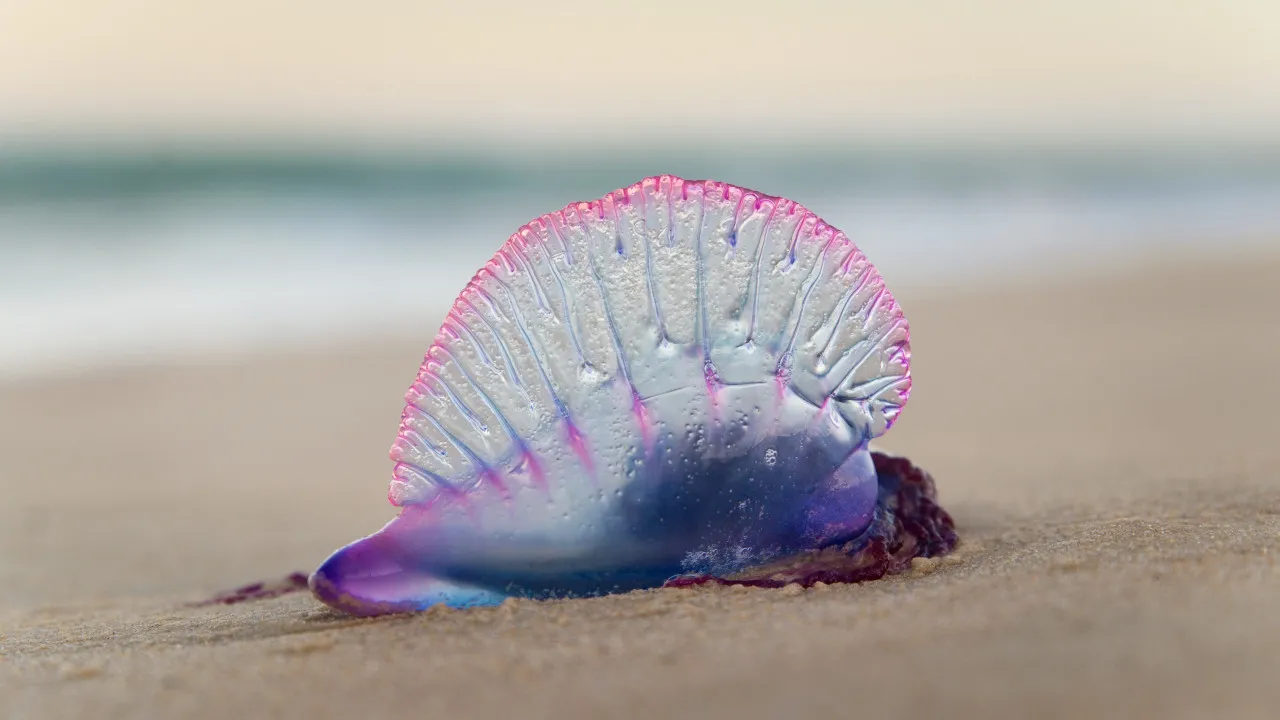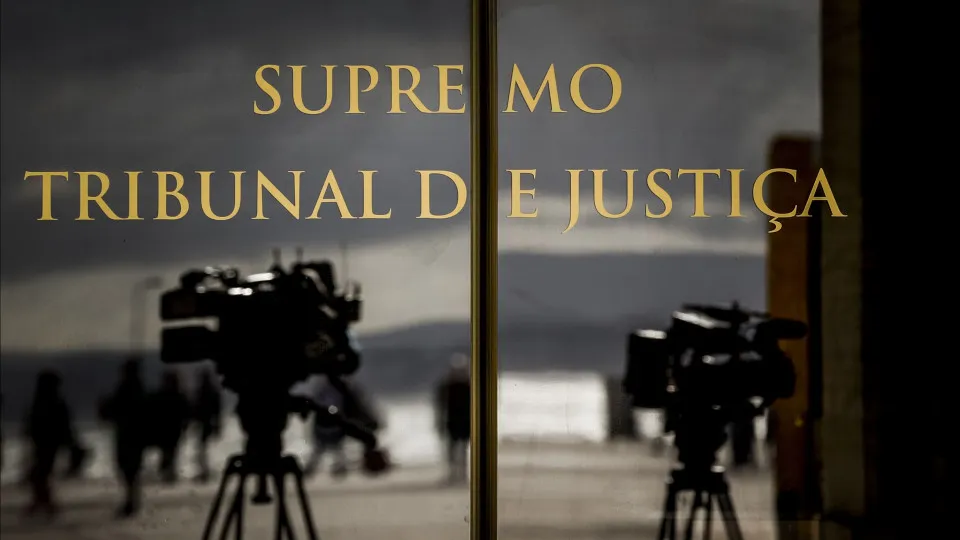The World Heritage Committee of the United Nations Educational, Scientific and Cultural Organization (UNESCO) will vote at its July session on the classification of 28 nominations, including that of the Levadas of Madeira.
In a statemen released today, UNESCO listed the 28 applications that will be voted on next month, at the session that will take place between July 21 and 31 in New Delhi, India, which also includes the Lençóis Maranhenses National Park in Brazil.
In 2022, the Regional Government of Madeira said it expected the Levadas to be voted on the following year, after three years of work, which also involved the Madeira Electricity Company (EEM), the Madeira Water and Waste Company (ARM) and the Regional Directorate for Culture, with the collaboration of historian Rui Carita, Jorge Pereira, a civil engineer specializing in hydraulics, and geographer Raimundo Quintal.
“Of the main public canals, we chose eight levadas which, in our opinion, best represent the history of water in Madeira from the 18th century onwards,” said the then Regional Secretary for the Environment, Susana Prada, in February 2022.
On the island of Madeira, canals to transport water began to be built in the 15th century, at the beginning of settlement, and the work continued until the 20th century, giving rise to a network of around 3,100 kilometers.
The levadas from the 15th and 16th centuries have been decommissioned, so the UNESCO application selects a set of canals built between the 18th and 20th centuries, which are now also used as tourist routes and are one of the region’s main attractions.
UNESCO’s World Heritage list currently includes 1,199 properties in 168 countries, 17 of which are in Portugal, such as the monasteries of Jerónimos, Alcobaça and Batalha, the Bom Jesus Sanctuary in Braga or the historic centers of Porto, Guimarães, Évora and Angra do Heroísmo.







